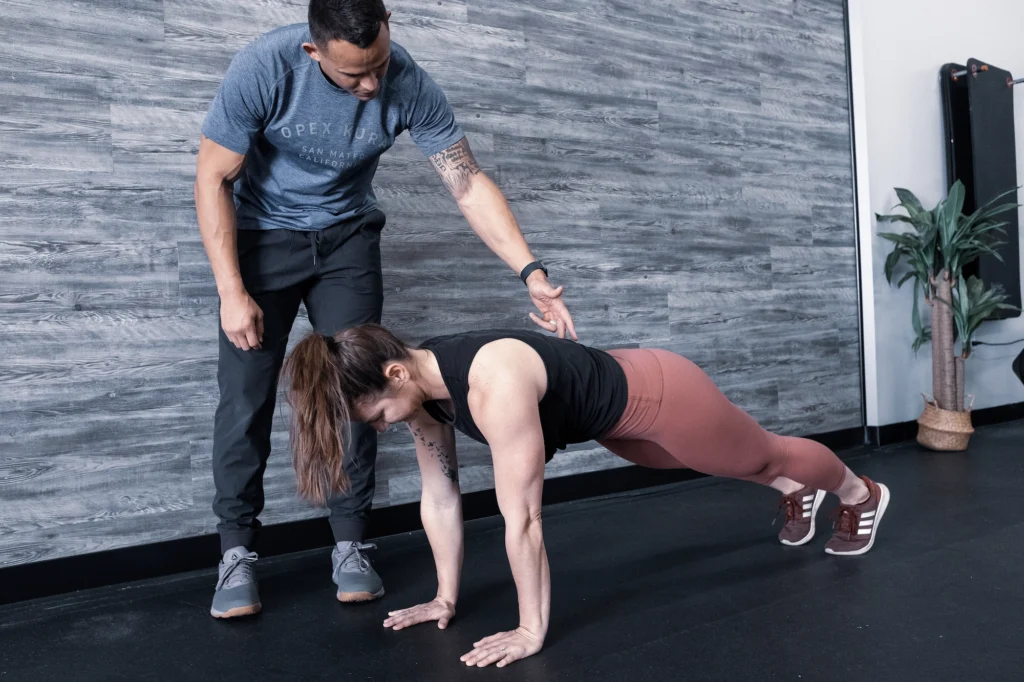Coaches Corner With Carl Hardwick: Masculine vs Feminine Program Design

Regardless of sex, we all have a unique blend of male/female or ying/yang traits that coaches should take into consideration in order to personalize and optimize program design
As coaches, we’re always on the hunt for ways to better personalize our approach and connect with our clients on a deeper level. Understanding where someone sits on the behavior spectrum can be another tool in our coaching toolbox to offer a more valuable service and a more personalized program design. Regardless of sex, we all possess a unique blend of masculine and feminine traits. In this article, I’ll explore how you can leverage these traits to create a coaching experience tailored to your client’s needs, as well as share some tips on how to identify where they sit on the behavior spectrum.
When considering the masculine personality trait, it’s important to consider their desire for clarity, purpose-driven goals, directness, linearity and the want to push capabilities. You can use these concepts as tools to personalize the training program for masculine clients, but don’t forget to leave room for individual variations. For example, consider setting clear intentions in your notes and prescribing warm-up and cool-down routines that do not allow for flexibility and creativity—simply tell them what to do. For the workout itself, try being direct and to the point with your prescriptions, using specific percentages and focusing on hitting certain numbers. You can also try using RIR (reps in reserve) as a more analytical approach to measuring intensity. Remember, the masculine is looking for clarity.
When coaching clients with a feminine personality trait, it’s important to consider their desire for flexibility, attention, alignment and challenges within their capabilities. Consider setting expectations in your notes that you’re working within a range, allowing for more flexibility and creativity. Allow room in the warm-up and cool-down for them to explore different movements, flows, etc. For the workout itself, consider using RPE (rate of perceived exertion) as a measure of intensity, allowing for more freedom in how the client feels during the workout. You can also try using rep ranges to control intensity, allowing the client to feel it out while still having some structure. Your feminine client is impacted by self-perceived failure more dramatically than your masculine client, so consider setting this client up for success in the program design.

Here are three tips to assess where your clients sit on the behavior spectrum:
- Observe their communication style: Masculine individuals tend to communicate more directly and in a linear fashion, while feminine individuals may communicate more indirectly and holistically. Take note of how your client communicates with you and others, and whether they prefer to get straight to the point or have a more open-ended conversation.
- Pay attention to their behavior: Masculine individuals tend to be more action-oriented and goal-driven, while feminine individuals may prioritize relationships and collaboration. Take note of how your client approaches tasks and challenges, and whether they tend to work independently or seek out support from others.
- Ask about their values and priorities: Masculine individuals tend to value independence, competition and achievement, while feminine individuals may value relationships, compassion and creativity. Ask your client about their personal values and priorities, and listen for clues about their leading traits and how they approach life.
For a deeper dive into coaching masculine vs feminine clients, as well as how physiology can impact program design, listen to this podcast I recorded.
It’s important to remember that regardless of sex, we all have both masculine and feminine traits. By understanding our clients’ leading traits, we can better personalize their coaching experience and create a more holistic approach to their training program.
Next week’s column: Wearable Tech; Use It To Lose It
Carl Hardwick, CEO of OPEX Fitness and CoachRx, is a strong advocate for bringing honor to the coaching profession and raising the value of all fitness coaches. He lectures frequently about program design, business systems and building a sustainable coaching career. Follow him on Instagram @hardwickcarl and OPEX Fitness on YouTube.



